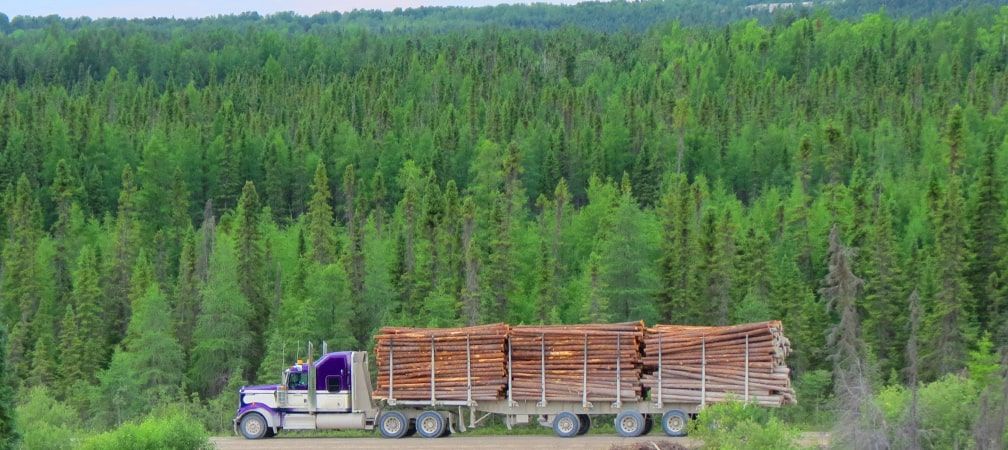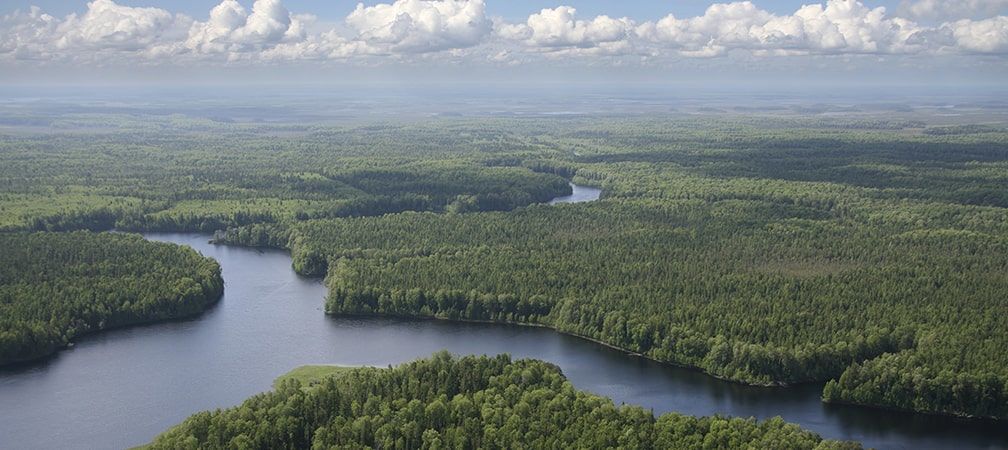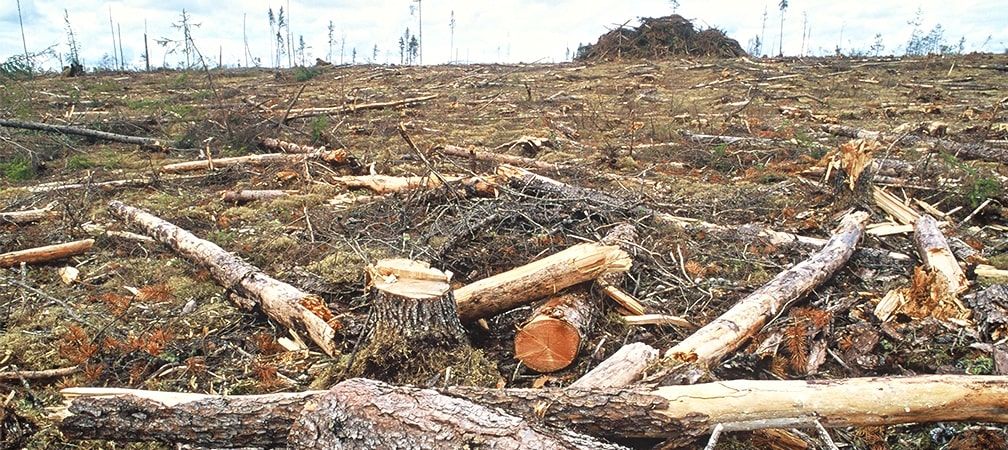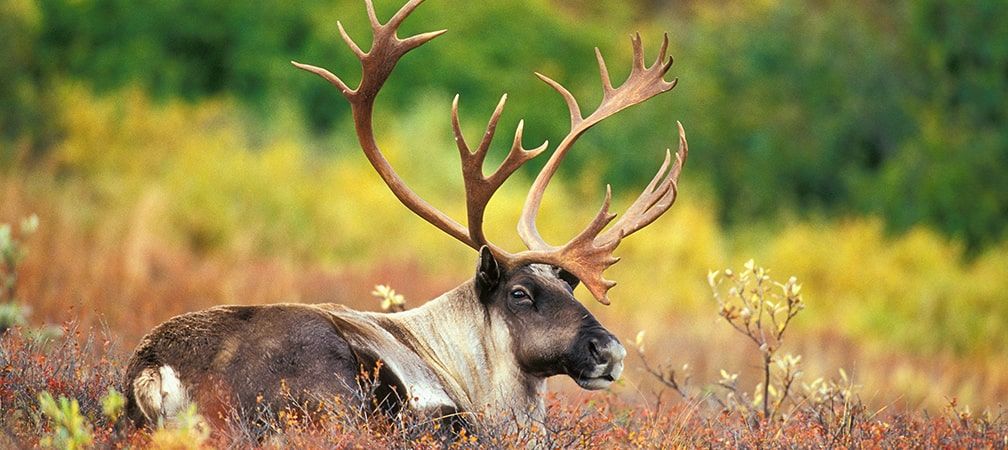Ontario Nature Blog
Receive email alerts about breaking conservation
and environmental news.
© Lora Denis
Clearcut © iStock/shaunl
The Government of Ontario’s new Forest Sector Strategy has been portrayed as a gift to the people of northern and rural Ontario. It claims to herald a “better quality of life”, secure “a prosperous future”, and of course, “end unnecessary duplication”.
Instead, it’s another bulldozer for the Premier to pave the way for sweeping changes to the laws and policies that govern and protect public forests. Intricately tied to the Forest Sector Strategy are substantive cuts and amendments to the Crown Forest Sustainability Act, the Environmental Assessment Act, and the Independent Forest Audit system, among others. These changes are being pushed through with little genuine public input.
The government seems to believe that consultation need only happen with the “right” people and conveniently, the “right” people have been determined by the government. This should not sit well with most Ontarians.

The almost nonexistent public consultation on the strategy and the proposed weakening of laws, planning and oversight of our shared forests has been shocking. For starters, when the government announced it would be hosting seven roundtables across the province in 2018, it prevented participation through an invite-only process. Now, spring boarding off the changes already tucked into last year’s omnibus bill, multiple new postings were quietly released on the Environmental Registry in late December.
There are currently four additional postings on the registry (the proposal to permanently exempt industrial logging from the Endangered Species Act has now closed), each of them associated with the new Forest Sector Strategy. Heavy on rhetoric and scant on details, these postings are nowhere near the standard of public consultation established through Ontario’s Environmental Bill of Rights.
The recent Auditor General’s Report on the Environment exposed the government’s disregard for the legal requirements to consult the public on decisions with potential impacts on our environment. She reported that half of the proposal notices posted by the Natural Resources, Municipal Affairs, and Energy and Mines ministries in 2018/19 “did not adequately describe important aspects of the proposal, such as the environmental implications” (page 34). The government is ignoring its obligation to properly inform and consult Ontarians prior to decision making.

The consequences of a grossly inadequate public consultation are significant. It takes away the public’s ability to see the big picture. There are several interconnected proposals that accompany the Forest Sector Strategy, including:

The government’s excessive use of the word “modernize” in their proposed strategy is ironic. Rather than modernize the system, it is boldly going where we’ve gone before. While its public messaging does continue to support the laudable goals of the previous government, such as championing innovation, diversification, fair trade and education, and assures us (repeatedly) that changes to “cut red tape” will have no consequences to sustainability and the health of our forests, climate, and biodiversity. Yet, many environmental values are being put at a much greater risk.
Right now, most of the unharvested but available wood in Ontario is “committed” to license holders who pay nothing to retain the commitment and have no obligation to make wood available to newcomers or alternative uses. Most of the license holders are not even close to fully using the available wood – on many forests less than 50% of the planned harvest is cut within a plan period. We could be sharing that wood supply surplus between investment in forestry dependent communities and conservation of forests for other users. Keeping in mind, a large part of the allowable cut is of low quality, distant and uneconomic to harvest, and a glossy strategy can’t fix that.
Meanwhile, the legal and policy frameworks to safeguard the range of interests on our forests are being dismantled with very little public engagement. Who among us wants to cheerlead for that?


Proposed 413 Route, Old School Road with farm and escarpment view © Noah Cole
Thank you for this article. I found it by trying various search terms to get more information about public access to proposed forest management plans.
So far I have been unable to locate a legible map or detailed explanation of the 2021 – 2031 Forest Management Plan for the Bancroft-Minden Forest Management Unit through the ministry’s website or through the community papers in Bancroft.
This article confirms what I had just begun to suspect, there is no real public consultation and oddly, even the search function on local newspapers such as Bancroft This Week/ Bancroft Times does not display any articles related to the following terms:
‘Forestry’, ‘MNRF’, Bancroft Minden Forest Company Inc., ‘Local Citizens Committee’.
I was also unable to pull up any information through the South Algonquin Township website.
How is it that our own township is fairly open about municipal plans for provincially subsidized roads and services yet, in so far as I can tell, so quiet about the logging (harvesting) of trees in our area?
I have let myself believe that the MNRF is managing our Crown land but that isn’t true. A consortium of local forestry companies is making decisions about the area with scant oversight from the MNRF or an independent community group.
There is only one person listed as the representative for the “Local Citizen’s Committee” and that person is the mayor of our community.
Dale Northcote,
Whitney, Ontario
613-637-5378
I am the owner of a recreational property south of BANCROFT ON. We (lakefront users) have been noticing some worrisome changes to the Waterways in our wonderful waterway chain….increasing water temps in our cold water lakes, lowering water levels, changes to ground water upwellings etc. We have had significant forest harvesting recently on Crown lands which surround our waterways . I will be sitting in conversation with the Bancroft Minden Forest Company which supervises the harvesting operations on the crown lands. I want to educate myself on their future plans and how we can all work together to maintain the health of our waterways while not depriving people of a livelihood in the woods. Can you direct me to any studies that have been done which have researched the impact of forest harvesting on waterways?? Thank you for your good work
Keith Jones
Oshawa ON
613 474 2719